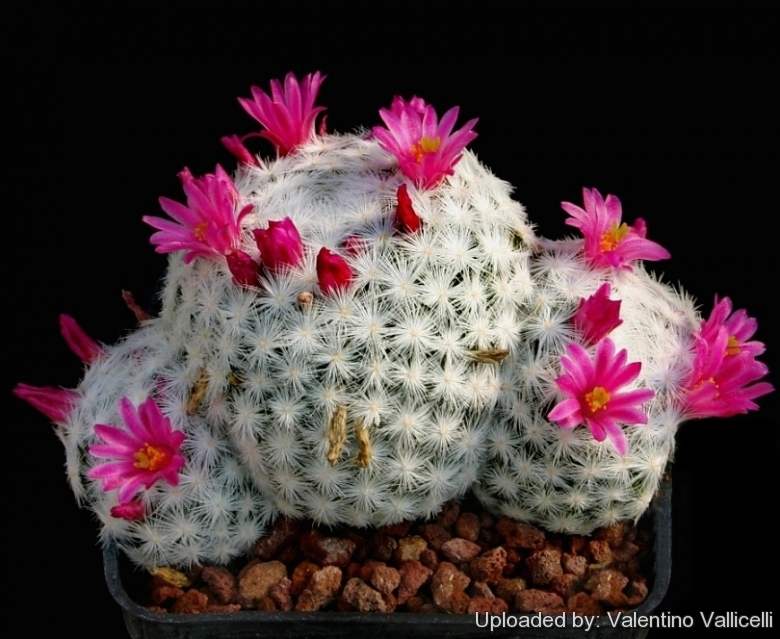
Mammillaria humboldtii Photo by: Valentino Vallicelli
This is one of the most beautiful species, with candid white spines and lots of bright purplish-pink flowers blooming abundantly in spring.
Origin and Habitat: Hidalgo, Mexico. Altitude 1.350 - 1.500 m.
Synonyms:
Common Names include:
SPANISH (Español): Cabeza blanca
Description: Solitary or clumping (mat forming).
Stems: Depressed globose to globose, light green, up to 7 cm in height and in diameter, without latex.
Tubercles: Cylindrical, rounded above with wool and white bristles in the axils.
Radial spines: Up to 80 or more, unequal, small, tightly fitting, low lying, pure white, 4 - 6 mm long.
Central spines: None.
Flowers: Bright pink-purple, up to 25 mm long and 15 mm in diameter.
Fruits: Club shaped, red.
Seeds: Black.
Blooming season: April, May.
Notes: Mammillari candida is not to be considered a valid synonym. The differences between this species and Mammilloydia candidaSN|9012]]SN|9012]] are substantial. There is an indication of the International Cactaceae Systematics Group (ICSG) to consider the Mammilloydia as a separate and distinct genus in the year 2001. The difference is in the seeds, that are not pitted and lack perisperm. The Mammilloydia genus is believed to be the result of a convergent evolution between the Mammillaria and Neolloydia genera.
Also, in 2001 the ICSG decided that Mammillaria humboldtiiSN|9218]]SN|9218]] is a separate and different species than Mammilloydia candidaSN|9012]]SN|9012]]: It is no longer a synonym as of 2001.
 Mammillaria humboldtii Photo by: Valentino Vallicelli
Mammillaria humboldtii Photo by: Valentino Vallicelli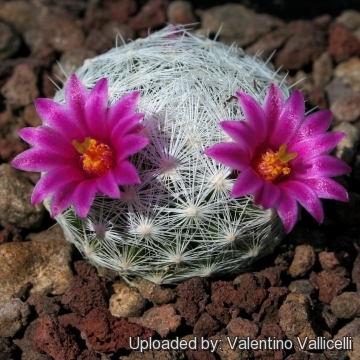 Mammillaria humboldtii Photo by: Valentino Vallicelli
Mammillaria humboldtii Photo by: Valentino Vallicelli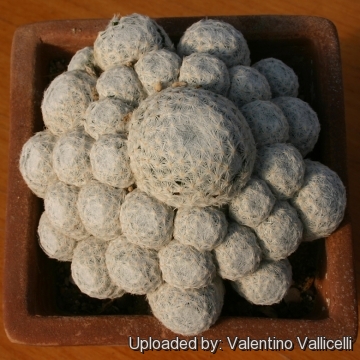 Mammillaria humboldtii Photo by: Valentino Vallicelli
Mammillaria humboldtii Photo by: Valentino Vallicelli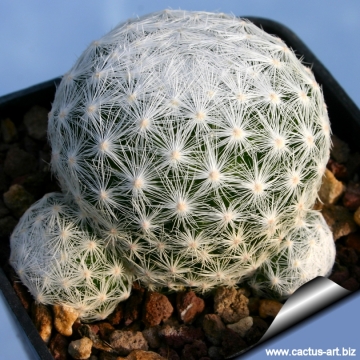 Mammillaria humboldtii Photo by: Cactus Art
Mammillaria humboldtii Photo by: Cactus Art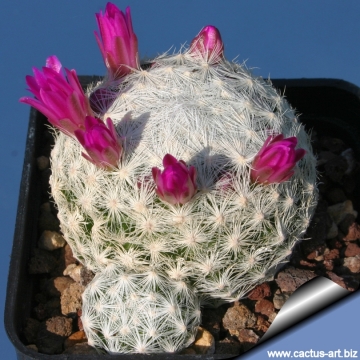 Mammillaria humboldtii Photo by: Cactus Art
Mammillaria humboldtii Photo by: Cactus Art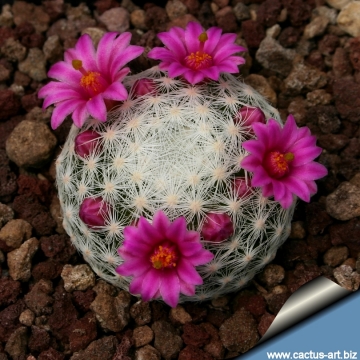 Mammillaria humboldtii Photo by: Cactus Art
Mammillaria humboldtii Photo by: Cactus Art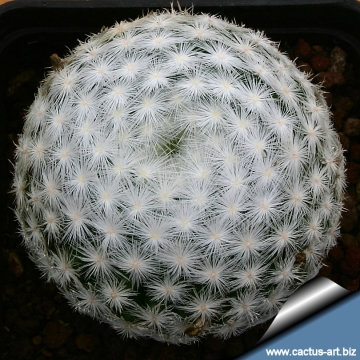 Mammillaria humboldtii Photo by: Cactus Art
Mammillaria humboldtii Photo by: Cactus Art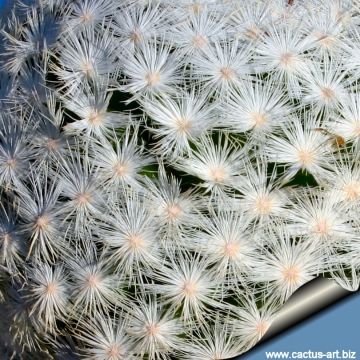 Mammillaria humboldtii Photo by: Cactus Art
Mammillaria humboldtii Photo by: Cactus ArtCultivation and Propagation: It is a relatively rapidly growing species . Water regularly in summer, but do not over-water (rot prone). Use a pot with good drainage and a very porous potting media. Keep dry in winter. Feed with a high potassium fertilizer in summer. It is quite frost resistant if kept dry, hardy as low as -5° C. Outside full sun or afternoon shade, inside it needs bright light, and some direct sun.
Easily clustering and easily flowered. Most plants will offset readily, and clumps can be produced in a few years.
Propagation: Division, direct sow after last frost.
Your Photos

by Cactus Art
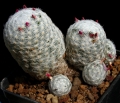
by Valentino Vallicelli




















